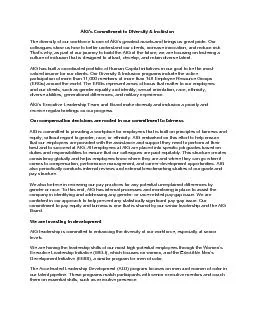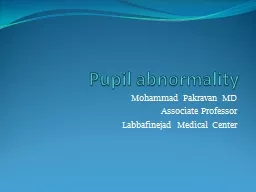PDF-Making it work together SCOTTISH EXECUTIVE GUIDANCE ON EDUCATION OF C ILDREN ABSENT FROM
Author : calandra-battersby | Published Date : 2014-11-10
57373 December 2001 Dear Sir or Madam STANDARDS IN SCOTLANDS SCHOOLS ETC ACT 2000 EDUCATION OF CHILDREN ABSENT FROM SCHOOL THROUGH ILLHEALTH 1 This circular offers
Presentation Embed Code
Download Presentation
Download Presentation The PPT/PDF document "Making it work together SCOTTISH EXECUTI..." is the property of its rightful owner. Permission is granted to download and print the materials on this website for personal, non-commercial use only, and to display it on your personal computer provided you do not modify the materials and that you retain all copyright notices contained in the materials. By downloading content from our website, you accept the terms of this agreement.
Making it work together SCOTTISH EXECUTIVE GUIDANCE ON EDUCATION OF C ILDREN ABSENT FROM: Transcript
Download Rules Of Document
"Making it work together SCOTTISH EXECUTIVE GUIDANCE ON EDUCATION OF C ILDREN ABSENT FROM"The content belongs to its owner. You may download and print it for personal use, without modification, and keep all copyright notices. By downloading, you agree to these terms.
Related Documents














